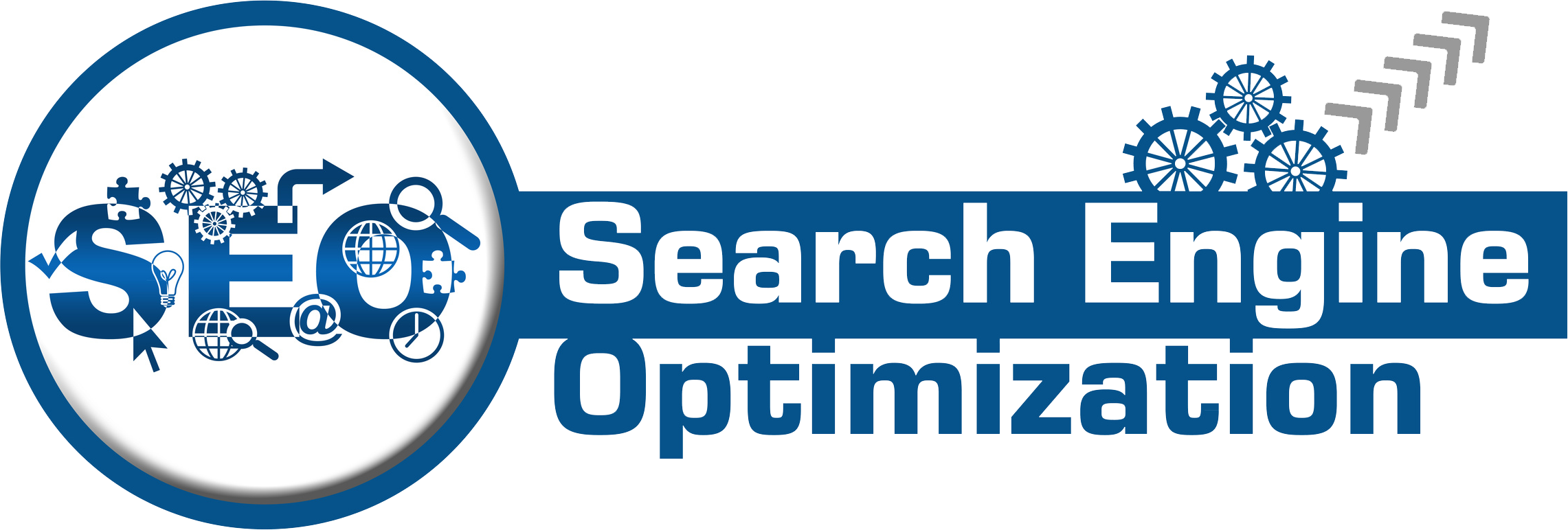The Foundation of Digital Visibility
Search Engine Optimization (SEO) is the process of improving a website's visibility in a search engine’s unpaid results. In today's digital age, where billions of searches occur daily, SEO is a critical strategy for businesses and individuals to reach their target audience. By understanding and applying SEO principles, you can increase your website's chances of ranking higher on Search Engine Results Pages (SERPs), which drives more organic (unpaid) traffic. A successful SEO strategy is not a one-time task but a continuous effort that involves three main components: on-page SEO, off-page SEO, and technical SEO.
On-Page SEO: Optimizing Content and User Experience
On-page SEO refers to all the efforts you make directly on your website to improve its ranking. This primarily involves creating high-quality, relevant content that provides value to your audience. The goal is to signal to search engines that your page is the best possible answer to a user's query. Key elements of on-page SEO include:
- Keyword Research: Identifying the specific words and phrases your target audience is searching for. Tools like Google Keyword Planner can help you find relevant keywords with a good search volume.
- Content Quality: Creating unique, comprehensive, and well-written content. Search engines prioritize content that is helpful, trustworthy, and engaging.
- Title Tags and Meta Descriptions: Crafting compelling title tags and meta descriptions that accurately summarize your page's content. These are the first things users see in the SERP and can significantly impact click-through rates.
- Header Tags (H1, H2, etc.): Using headers to structure your content logically. This makes it easier for both users and search engines to understand the hierarchy and main points of your page.
- Image Optimization: Compressing images for faster loading times and using descriptive alt text so search engines can understand the image content.
Off-Page SEO: Building Authority and Credibility
Off-page SEO involves activities performed outside of your website to improve its ranking. These strategies are all about building your site's authority and credibility in the eyes of search engines. The most important factor in off-page SEO is backlinks. A backlink is a link from one website to another, and search engines view them as a vote of confidence.
- Link Building: Earning backlinks from high-quality, authoritative websites. Strategies include guest blogging, creating viral content that others want to link to, and building relationships with other sites in your industry.
- Social Signals: While not a direct ranking factor, social media activity (likes, shares, and comments) can increase your content's visibility, leading to more exposure and a higher chance of earning backlinks.
- Brand Mentions: When your brand is mentioned on other websites or in online publications, it helps establish your authority and can indirectly influence your search rankings.
Technical SEO: Ensuring a Healthy Website
Technical SEO focuses on the technical aspects of your website that affect how search engines crawl and index it. This is the foundation upon which on-page and off-page efforts are built. A technically sound website is a must for a good user experience and high rankings. Key elements include:
- Site Speed: Ensuring your website loads quickly. Slow sites frustrate users and can lead to higher bounce rates, which negatively impacts your ranking. You can use tools like Google's PageSpeed Insights to check and improve your site's speed.
- Mobile-Friendliness: Having a responsive design that provides a seamless experience on all devices, especially mobile phones. With most searches now happening on mobile, this is a non-negotiable ranking factor.
- Site Architecture: Organizing your website's structure in a logical, easy-to-navigate manner. This helps search engine bots find and understand all of your content.
- Crawlability and Indexability: Making sure search engines can easily access and index your pages. This involves using a clean sitemap and fixing any broken links or crawl errors.
Conclusion: A Continuous Process
In summary, SEO is a comprehensive and continuous process that combines on-page content optimization, off-page authority building, and a solid technical foundation. By paying attention to these three areas, you can significantly improve your website's visibility and drive a steady flow of organic traffic. SEO is not a magic bullet but a long-term investment in your online presence that yields sustainable results


